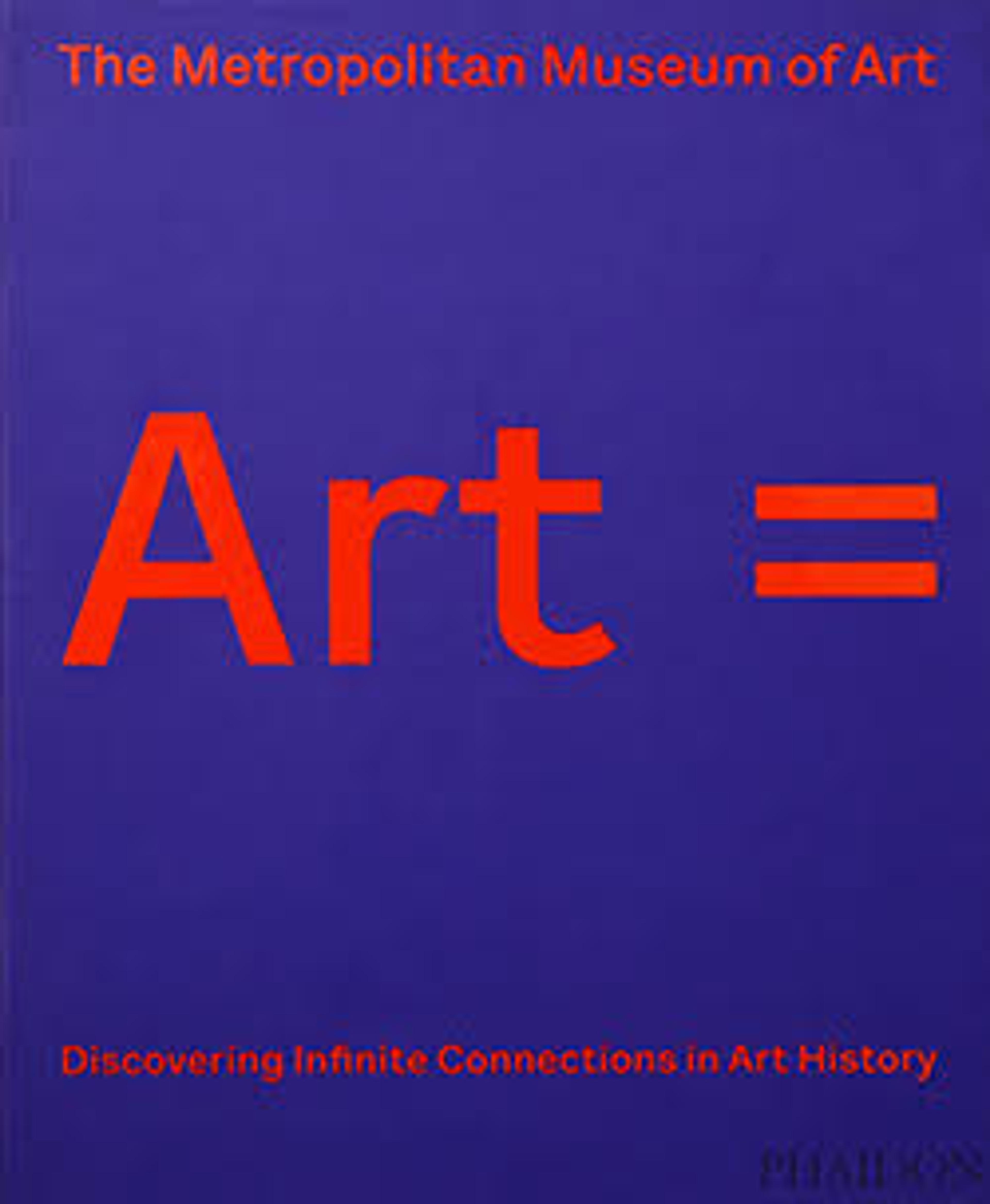Street Story Quilt
Ringgold was a pioneering artist and activist whose work sits at the intersection of art, feminism, and the Civil Rights movement. Street Story Quilt is one of Ringgold’s most powerful "story quilts," a genre the artist pioneered in the early 1980s. Such quilts—which were preceded by experiments in unstretched fabric paintings inspired by Tibetan tankas, in some cases, and Kuba designs from Central Africa in others—tell stories about African American life, history, and identity, especially in her resident community of Harlem. Just as stories evoke the Black tradition of folk tales both written and oral, quilting has long been associated with domestic labor, women’s work, and African American craft (including her mother’s and grandmother’s), all of which Ringgold embraces, thereby expanding the category of fine art. Indeed, the artist was adamant in calling her story quilts "paintings" made "in the medium of quilting." Street Story Quilt, her fourth quilt, is a triptych comprised of three pieces of quilted fabric that Ringgold painted with acrylic and embellished with sequins and printed and dyed strips of fabric. Each piece represents the same Harlem facade over three different moments in time. Representing key moments in Ringgold’s narrative arc, each facade, in turn, is comprised of a grid of curtained windows through which schematically-rendered Black figures sometimes pop their heads and evidence of both everyday life and various acts of devastation appears. Underneath the windows Ringgold penned a narrative that is divided into three chapters—The Accident, The Fire, and The Homecoming. Together they tell the tale, one that unfurls over three decades and is narrated by a woman named Gracie, of a young Black boy, A.J. (short for Abraham Lincoln Jones), whose life and family are irreparably impacted by the effects of structural racism and poverty. A.J.’s existence is punctuated by one heartbreak after another: first the loss of his mother and four brothers in a tragic car accident outside their front door, then the death of his father in a fire for which he and his new girlfriend were responsible. After each traumatic event, what the story quilt calls "kick[s] in the ass" that "the black man gets," A.J.’s life descends further into chaos, struggle, heartbreak, culminating with his enlistment in the Vietnam War, from which he returns even more broken than before. With the support of the family’s matriarch, his grandmother Ma Teedy, however, A.J. enters college and begins a far-flung career in computer programming, writing, and acting. Eventually, he returns to the neighborhood, a successful writer and actor, to fulfill a promise to his grandmother. The acquisition of Street Story Quilt in 1990 was shepherded by Lowery Stokes Sims, one of The Met’s earliest curators of contemporary art and its first curator of African descent. Sims championed the acquisition of work of artists of color, women artists, and Indigenous artists during her tenure at The Met between 1972 and 1999.
Artwork Details
- Title:Street Story Quilt
- Artist:Faith Ringgold (American, New York, 1930–2024 Englewood, New Jersey)
- Date:1985
- Medium:Cotton canvas, acrylic paint, ink marker, dyed and printed cotton, and sequins, sewn to a cotton flannel backing
- Dimensions:Overall: 90 in. × 12 ft. (228.6 × 365.8 cm)
- Classifications:Textiles, Paintings
- Credit Line:Arthur Hoppock Hearn Fund and funds from various donors, 1990
- Object Number:1990.237a-c
- Rights and Reproduction:© 1985 Faith Ringgold
- Curatorial Department: Modern and Contemporary Art
More Artwork
Research Resources
The Met provides unparalleled resources for research and welcomes an international community of students and scholars. The Met's Open Access API is where creators and researchers can connect to the The Met collection. Open Access data and public domain images are available for unrestricted commercial and noncommercial use without permission or fee.
To request images under copyright and other restrictions, please use this Image Request form.
Feedback
We continue to research and examine historical and cultural context for objects in The Met collection. If you have comments or questions about this object record, please contact us using the form below. The Museum looks forward to receiving your comments.
